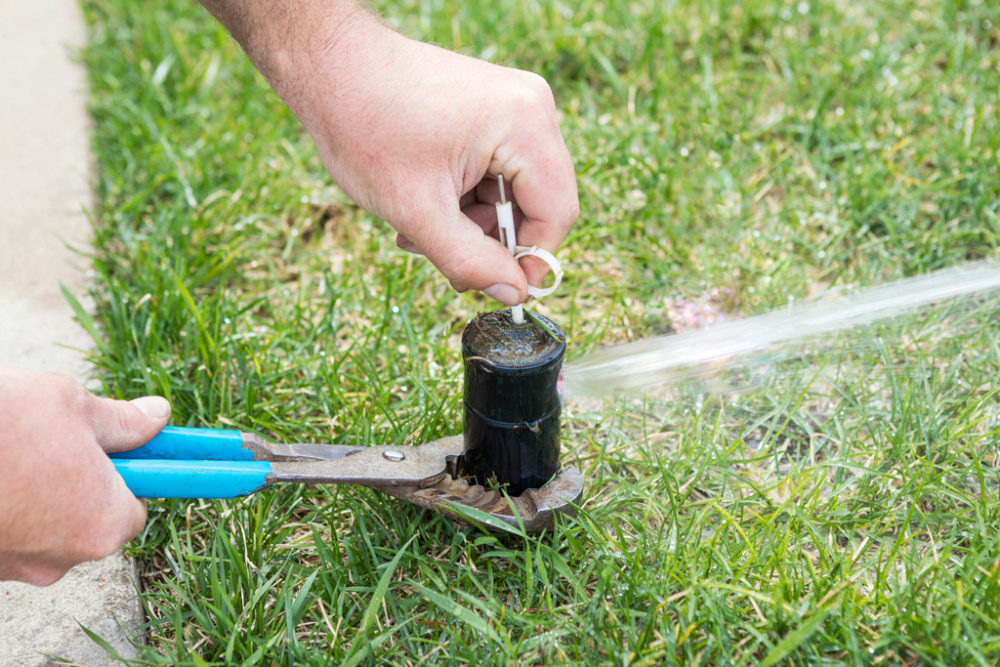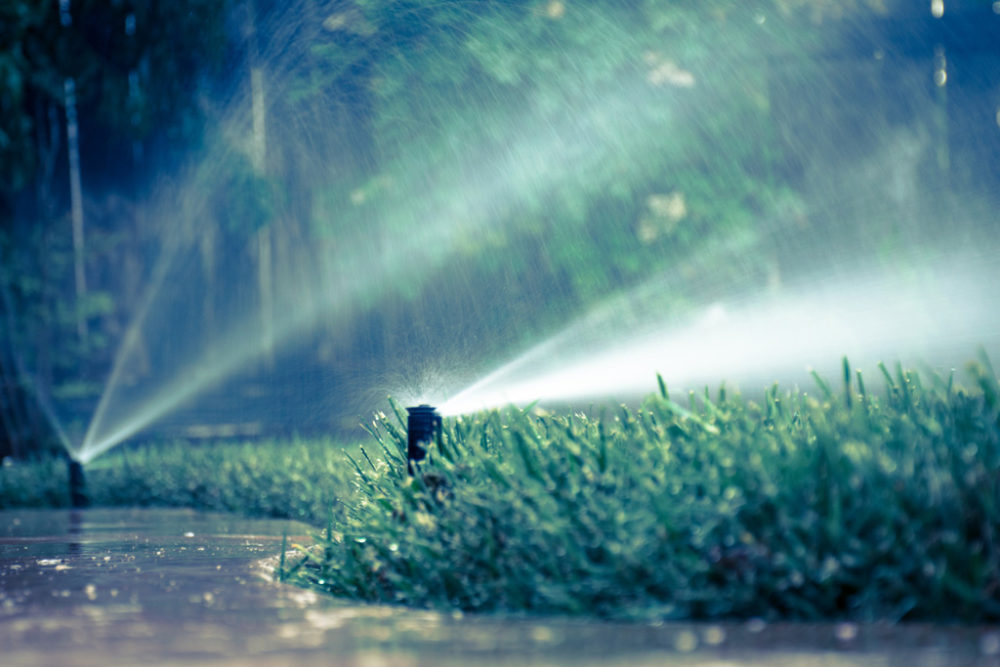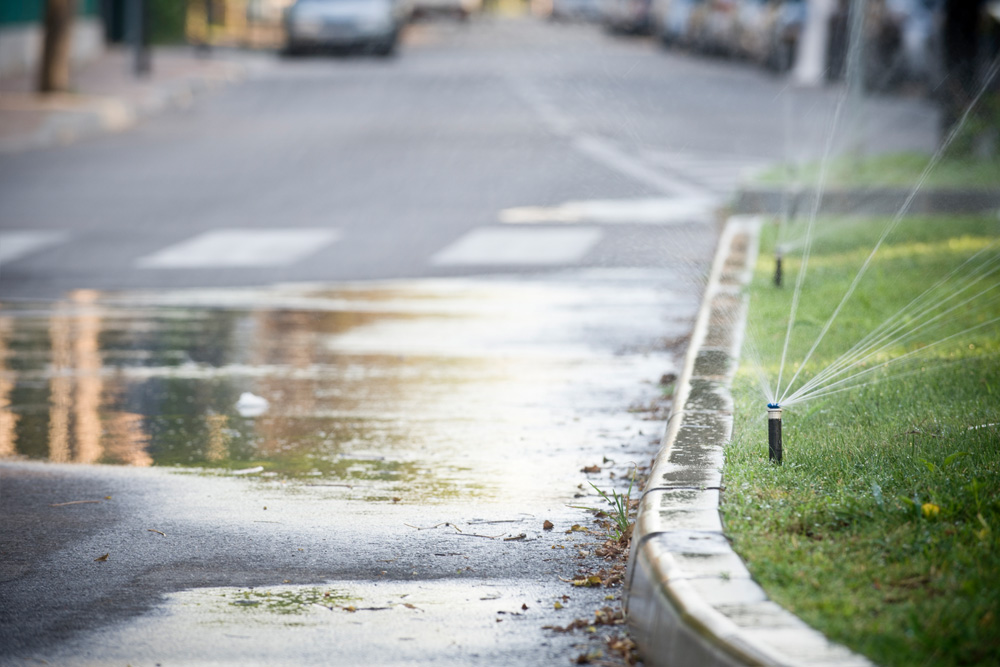Take Action: Watering
Seasonal Watering
Watering according to seasonal variations helps to reduce unnecessary watering
Watering requirements for plants and lawns change seasonally. Cooler months typically require less water than warmer months. Adjusting your watering schedule to accommodate seasonal variations helps to prevent overwatering that leads to runoff. You can find out more here about appropriate changes.

Who Should do This?
Anyone responsible for watering can make these changes, either to a hand watering schedule or to an automatic irrigation schedule.
How Long will it Take?
Not long at all! Adjusting an automatic schedule typically takes a few minutes to program and creating a hand watering schedule change may take less time. Focus on changing how frequently you water instead of how long you water. For example, in the summer you may need to irrigate every other day to keep your lawn from showing water stress, but in the late Fall your lawn will not show stress for several days or even a week.
Once the rainy season arrives, you can implement Rain Skip; Adjusting your watering schedule when it rains prevents unnecessary watering that can lead to runoff. Skip your normal watering schedule before, during, and after a rain to help keep our waterways clean and your landscaping looking its best. Turn off your system completely if regular weekly rain events during the winter months. Resume irrigation once rain events become less frequent.
How Much does it Cost?
Nothing if you adjust your own schedule! Rebates are available if you decide to upgrade your sprinkler system with a Weather Based Irrigation Controller that adjusts for you.
What are the Benefits?
- Provides proper watering for plants
- Prevents overwatering and runoff
- Saves money
What is needed to get started?
- Knowledge of your soil type (see resource list below for help)
- Gallon/minute estimates for your system
- Type of watering system (sprinkler, drip, rotor, etc.)
Did You Know?
Pollutants like bacteria, pesticides, and fertilizer get washed into storm drains by irrigation runoff. The water in storm drains is not treated and these pollutants make their way to our rivers, lakes, and oceans. Adjusting your sprinkler system to account for seasonal variations helps to prevent overwatering that leads to runoff – helping keep our waterways clean.
Resources
General watering information for Orange County: click here.
Sample irrigation schedules: click here.
Tips on how to keep your irrigation system functioning properly: click here.
Read the Tips to Prevent Overwatering pdf.
A calculator to assist in determining the appropriate amount of water needed for your plants: click here.
Determine your soil type through the WSS interactive Map: click here.
- Simplified Instructions for the WSS Interactive Map:
- Click on “Start WSS” after navigating to the landing page through the link above.
- Find your property by clicking “Address” under the Quick Navigation pane on the left.
- Enter your address and select “View.”
- At the top of the map screen, select the rectangular “AOI” button (AOI is Area of Interest).
- Drag the mouse to outline the area you wish to inquire about. The map will outline and shade the AOI.
- At the top of the page, select the “Soil Map” tab. The description on the left will indicate the primary soil types for your area.
- If you wish to inquire about another area, select “Clear AOI” in the AOI tab.



